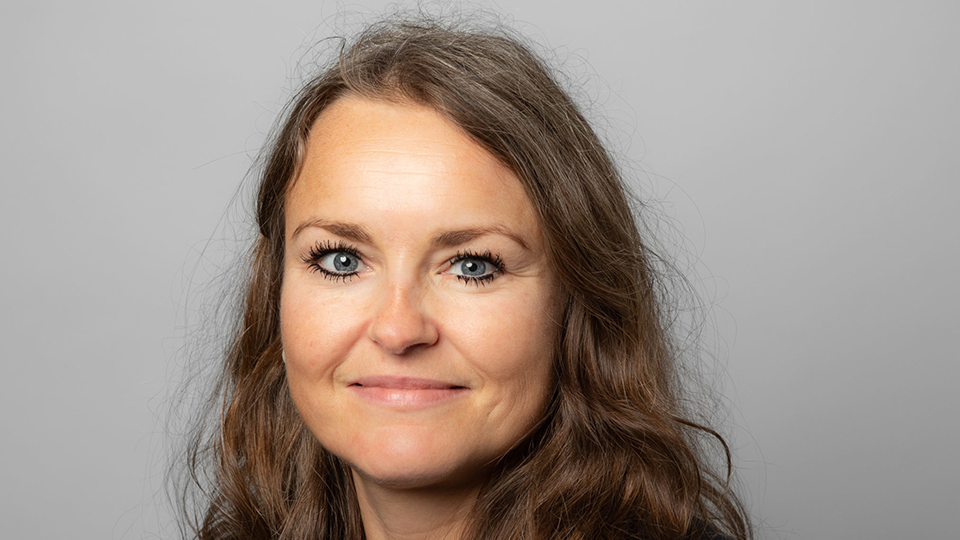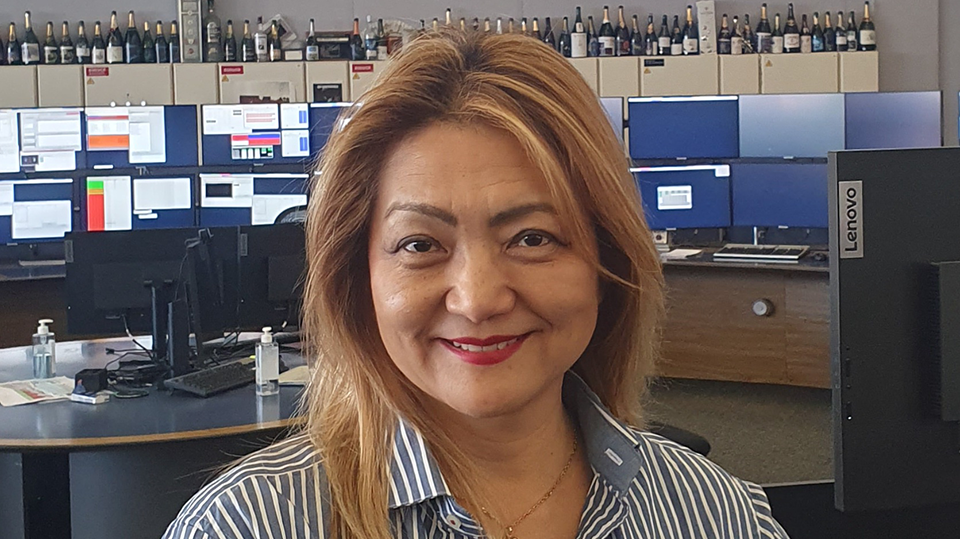AgeTech: Shaping a New Era in Assistive Technology for the Elderly
June 11, 2024
The World Health Organization estimates that 2.5 billion people currently need assistive products and technologies, and with a growing aging population, this number is predicted to grow to over 3.5 billion people by 2050. WIPO’s Global Health Team interviewed Professor Katarzyna Wac, Director of Quality of Life (QoL) technology lab at the University of Geneva and Jing Forrest, an external PhD student at the QoL lab, to unpack the role of intellectual property (IP) for innovation in this area.
Introduction
Assistive technology is an umbrella term used to reference assistive products and technologies that aim to improve a person’s function related to “cognition, communication, hearing, mobility, self-care and vision, thus enabling their health, well-being, inclusion and participation.”[1]
For older adults, this type of technology is essential as it allows them to maintain their health and quality of life whilst remaining socially active. A recently coined term “AgeTech” further explores the intersection between technology and longevity and sees technology as a tool that supports healthy aging while assisting care partners and health professionals to improve quality of life for aging adults.[2]
The WIPO Technology Trends Report on Assistive Technology found that dependence and immobility are no longer considered inevitable consequences of ageing. In fact, older people are more likely to live independently than before. To support this transition, effective and user-friendly assistive technologies are crucial. Additionally, the report found that patent activity and commercial interest in technologies addressing self-care for older people has increased.
These types of technologies have indeed shown to be effective in improving the quality of life of those experiencing functional limitations. To gather further insights on the intersection of well-being and assistive technologies, the Quality of Life (QoL) technologies lab at the University of Geneva is conducting high-impact research on quality of life by looking into mobile healthcare, solutions of well-being, disease self-management, active and healthy aging, and ambient assisted living in their live lab settings, i.e., in daily life contexts.
For this article, WIPO’s Global Health Team interviewed Professor Katarzyna Wac, Director of QoL Lab at the University of Geneva and Jing Forrest, an external PhD student at the QoL lab, and a full-time employee of the United Nations, contributing to its digital transformation.

What is Quality of Life and how do we measure it?
As defined by the WHO, quality of life is an individual's perception of their position in life in the context of the culture and value systems in which they live and in relation to their goals, expectations, standards, and concerns. Quality of life is a broad concept that encompasses an individual’s overall well-being, including physical health, psychological health, social relationships, and environmental context.
For Professor Wac, all stakeholders in society are, to some extent, aligned towards the maximization of the quality of life: government and public sector entities, businesses and industry, non-governmental organizations, educational institutions, community groups, media, international organizations, and financial institutions. These stakeholders have different means and ends towards this quality-of-life maximization.
Measurement of quality of life enables a uniform, standardized way of comparing different populations, services, and outcomes. The challenge is that the current methods for quality-of-life measurements are infrequent and, at the individual level, imply the use of self-reports that are biased with respect to their content subjectivity, reliance on memory recall, social desirability, and lack of context in answers.

AGE-INT and its work on innovative assistive technologies for people in old age
Cognizant of the role of technological innovations to promote quality of life and well-being of older people, QoL Lab has partnered with AGE-INT, the largest Swiss national research project that tackles the challenges and opportunities of demographic change with a hands-on approach and a transdisciplinary project team.
The AGE-INT initiative’s main thematic priorities are:
- Assistive Technologies for the elderly
- Dementia - prevention and care
- Working in retirement
- Social inclusion
The research and development of innovative assistive technologies for people in old age focuses on raising awareness about these technologies and their potential as well as challenges, usability in daily life, and innovative ways of evaluating how these technologies contribute to the quality of life of their users.
In addition to AGE-INT’s research content, their “Technologies for People in Old Age” cluster runs the annual Age Innovation Prize for those AgeTech innovations (products, start-ups, or projects) that have the potential to make a difference in the lives of older people.

Last year, the Swiss-based med-tech start-up BIOS won the Best Start-Up Awards for developing “the world’s first implanted hip mobility sensor” – the HIPbeacon. This sensor is compatible with existing hip fixation implants and does not require any additional surgery. The sensor works by sending data to a smartphone or receiver, based on which a doctor will be able to prescribe a personalized treatment plan and control the implant’s success, in a remote care setting. The HIPbeacon illustrates the convergence of assistive technology and biotechnology biomedicine, providing real-time health monitoring and facilitating advanced medical treatment for older adults.
Headlining trends in Assistive Technology
Regarding main trends, Professor Wac shared that their current research points out two major assistive technologies trends: Social Assistive Robots (SAR) and Artificial Intelligence (AI).
On the one hand, assistive technologies are embedded in our everyday objects like smartphones and wearables – with myriad sensing capabilities and value-added applications services for better daily decision-making. On the other hand, the miniaturization and personalization of technologies enable the design, development, and provision of Social Assistive Robots (SAR).
SARs are physical machines with different levels of functionalities, from basic tasks as companions and answering basic questions (e.g., weather), to complex tasks such as serving the daily care needs of older people. SARs can have different kinds of sensors, voice recognition, built-in weak AI, i.e., basic reasoning engine, and some speech or image recognition algorithms. Some advanced SARs have built-in general AI engines with extended memory, complex decision-making, service provision in different domains of care, and future planning capabilities. The general AI enables high personalization of SARs to the needs of the user.
Companies developing SARs will need to consider important factors when it comes to choosing their IP strategy. Depending on the product, their IP portfolio can include not only patents, but designs, trademarks, and copyrights.
Key aspects of IP for innovators in this area
The main aspects of IP that Professor Wac considers are key to innovators in this area relate to AI that can be developed based on vast sensory inputs available from smartphones and an ever-growing number of personal wearable devices. The data is being collected, but the challenge is how to process it intelligently and ethically to satisfy users' needs.
While protecting QoL lab’s IP, Professor Wac has been challenged by strict healthcare regulations, especially regulations related to transparency of the software framework (mQoL-Lab Living Lab, mqol.unige.ch) for acquiring and processing personal sensitive data, including medical data.
Additionally, when it comes to collaboration with healthcare and pharmaceutical partners, Professor Wac is cautious about the management of her lab’s software development as this may lead to ambiguities regarding ownership rights and further licensing terms.
Ultimately, she aims to protect her lab’s IP while at the same time ensuring the transparency of the algorithms and the flow of the open science policies.
Universities and IP
WIPO provides advice, support, and resources to guide universities and help them navigate the world of IP so that they can continue to contribute to innovation. From awareness raising to capacity building and policy analysis, WIPO can aid universities in drafting tailored IP policies.